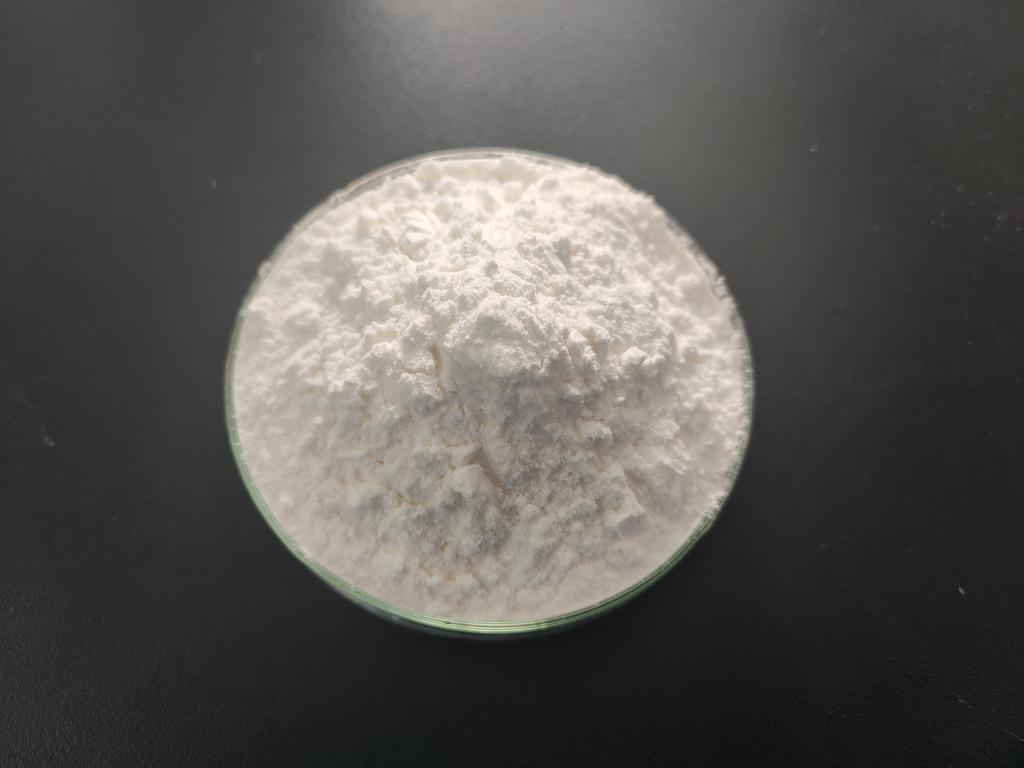Tel:+8618231198596

News
 CONTACT
CONTACT
 CONTACT
CONTACT
- Linkman:Linda Yao
- Tel: +8618231198596
- Email:linda.yao@dcpharma.cn
- Linkman:CHARLES.WANG
- Department:Overseas
- Tel: 0086 0311-85537378 0086 0311-85539701
News
The positively charged properties of ε-Polylysine hydrochloride in water purification systems.
TIME:2024-03-20
The Need for Water Purification:
Access to clean and safe drinking water is essential for public health and well-being. However, water sources can be contaminated by various pollutants, including pathogens, heavy metals, and organic compounds, posing risks to human health and the environment. Water purification systems play a crucial role in removing contaminants and ensuring the safety and quality of drinking water. Traditional methods such as filtration and chlorination are effective but may have limitations in addressing emerging contaminants and microbial pathogens.
ε-Polylysine Hydrochloride: Mechanisms of Action:
ε-Polylysine hydrochloride is a cationic polymer derived from the fermentation of bacteria. It is characterized by its positively charged amino groups, which enable electrostatic interactions with negatively charged surfaces such as bacterial cell membranes and organic pollutants. The antimicrobial properties of ε-Polylysine hydrochloride stem from its ability to disrupt microbial cell membranes, leading to leakage of intracellular contents and cell death. Moreover, its cationic nature facilitates the adsorption and removal of organic contaminants through electrostatic attraction.
Advantages of ε-Polylysine Hydrochloride in Water Purification:
The use of ε-Polylysine hydrochloride in water purification systems offers several advantages over traditional methods. Firstly, its broad-spectrum antimicrobial activity makes it effective against a wide range of waterborne pathogens, including bacteria, viruses, and protozoa. Moreover, ε-Polylysine hydrochloride exhibits low cytotoxicity and environmental persistence, minimizing adverse effects on human health and ecosystems. Additionally, its cationic properties enable efficient removal of organic pollutants through electrostatic interactions, enhancing the overall efficacy of water treatment processes.
Applications of ε-Polylysine Hydrochloride in Water Purification:
ε-Polylysine hydrochloride has diverse applications in water purification systems, spanning from municipal water treatment plants to point-of-use filtration devices. In conventional water treatment processes, ε-Polylysine hydrochloride can be incorporated into filtration membranes or added as a disinfectant to remove microbial contaminants. Additionally, ε-Polylysine hydrochloride-based coatings on filtration media or surfaces can enhance their antimicrobial properties and prolong their lifespan. Moreover, ε-Polylysine hydrochloride can be used in decentralized water treatment systems, such as household water filters, to provide safe and clean drinking water in resource-limited settings.
Challenges and Considerations:
Despite its promising applications, the widespread adoption of ε-Polylysine hydrochloride in water purification systems faces certain challenges and considerations. One challenge is optimizing the dosage and application of ε-Polylysine hydrochloride to achieve effective microbial control without causing adverse effects on water quality or human health. Additionally, the stability of ε-Polylysine hydrochloride in different water matrices and environmental conditions requires further investigation. Furthermore, regulatory approvals and public acceptance may influence the implementation of ε-Polylysine hydrochloride-based water treatment technologies.
Future Prospects:
As research and development in water purification technologies continue to advance, the potential of ε-Polylysine hydrochloride in addressing waterborne contaminants remains promising. Future efforts should focus on optimizing ε-Polylysine hydrochloride-based formulations and delivery systems to enhance their efficacy and stability. Moreover, interdisciplinary collaborations between researchers, engineers, and policymakers can accelerate the translation of ε-Polylysine hydrochloride-based water treatment technologies from the laboratory to real-world applications. By harnessing the positive charge of ε-Polylysine hydrochloride, we can pave the way towards sustainable and effective solutions for water purification, ensuring access to clean and safe drinking water for all.
Conclusion:
ε-Polylysine hydrochloride offers a unique and effective approach to water purification, leveraging its positively charged properties to combat microbial pathogens and organic pollutants. With its broad-spectrum antimicrobial activity, low toxicity, and environmental compatibility, ε-Polylysine hydrochloride holds great promise for enhancing the safety and quality of drinking water. As research progresses and technology advances, ε-Polylysine hydrochloride-based water treatment systems have the potential to play a vital role in safeguarding public health and preserving our precious water resources.
- Tel:+8618231198596
- Whatsapp:18231198596
- Chat With Skype







